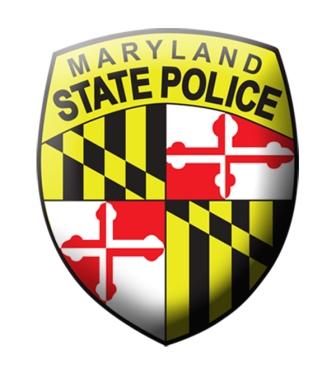Most used vehicles are required by Maryland Law to undergo a safety inspection prior to its sale or transfer. Generally, the seller or transferor of the vehicle is required to obtain the inspection certification. However, for class E trucks (exceeding ¾ ton manufacturer's rated capacity), class F truck tractors, and class G freight trailers, semi-trailers and dump service semi-trailers, either the seller/transferor or the purchaser/transferee may obtain the inspection certification. Once your vehicle is inspected your inspection certification will be electronically sent to the MVA.
How do I obtain a Maryland Inspection Certification for my vehicle?
To obtain an inspection certification, you must have your vehicle inspected at a licensed vehicle safety inspection station in Maryland. There are approximately 1,600 of these facilities throughout the state. Stations are authorized to inspect certain types of vehicles, some inspect multiple types, see below for the station class you need. Most vehicles on the road are class A vehicles.
Vehicle Classes
Class A - Passenger vehicles, autocycles, limousines, multipurpose passenger vehicles, recreational motor homes and trucks 10,000 pounds and under GVWR, and trailers not equipped with air brakes.
Class B - Any trailer, including those equipped with air brakes.
Class C - Trucks, truck tractors, buses, recreational motor homes, converted buses, and limousines over 10,000 pounds GVWR.
Class M - Motorcycles, 3-wheeled motorcycles, and trailers that are not equipped with air brakes.
Class T - Any trailer not equipped with air brakes.
Class R - Recreational motor homes and converted buses.
Always inquire whether the station has the proper authorization to inspect your vehicle. To find an authorized vehicle safety inspection station near you use this link Inspection station lookup to find an inspection station.
It is best if you make an appointment for the safety inspection before you take the vehicle to be inspected. Ensure that the vehicle is properly registered, either in Maryland or in another state. If you are not able to register the vehicle because it has not yet received a safety certification, you may qualify for a 30-day temporary registration that will enable you to legally drive the vehicle to the inspection station. It is the vehicle owner’s responsibility to legally transport the vehicle to the inspection station.
The Inspector will enter the inspection information into the Maryland Safety Inspection System, which will electronically transfer the information to the MVA if the vehicle meets or exceeds all Maryland safety standards. To improve customer service, the Automotive Safety Enforcement Division has implemented an electronic vehicle inspection receipt. The owner will need to provide an email address to recieve this receipt electornically.
If the customer has a temporary vehicle registration, the business day following a passed inspection, the customer can go online: eMVAstore to have the registration card and stickers, valid for two years, mailed to them, eliminating a trip to the MVA.
To determine if a vehicle you are buying has a current vehicle safety inspection certification use this link Maryland inspection lookup click on Find an e-inspection, then enter the Vehicle Identification Number(VIN).
What happens if my vehicle fails the safety inspection?
If your vehicle fails to meet any safety standards, the Maryland inspection certification cannot be issued. You must have the problem(s) identified on the inspection report repaired and then have the vehicle re-inspected by the same registered inspection mechanic at the same station. You have the option of fixing the problem yourself, having the inspection station fix the problem, or taking the vehicle to another facility for repairs.
If the vehicle is re-inspected within 30 days of the original inspection date and you have driven it less than 1,000 miles, the inspector will only need to inspect the defective equipment identified during the initial inspection. However, if a new defect is visually observed during the re-inspection, the newly discovered defect must also be repaired and re-inspected. See Maryland regulations COMAR 11.14.01.10 A(3) for details. Note that the inspection station may charge you at a prorated fee for each re-inspection, unless the repair can be visually verified. If the re-inspection is not completed within 30 days or 1000 miles you will have to pay for a complete inspection.
Fees:
The fee for a vehicle safety inspection varies with the inspection station’s labor rate. Maryland regulations regulate the number of labor hours billed by the station for an inspection, but they do not regulate the station’s labor rate. The fee charged for a safety inspection must be prominently displayed in each station.
The fee for the re-inspection of a vehicle varies with the inspection station’s labor rate and the specific parts or systems that need to be re-inspected. A re-inspection fee is not to be charged if the repair can be visually confirmed, such as an inoperable light. If the re-inspection requires jacking, lifting, measuring, or testing the vehicle, a prorated fee may be charged. Check the station’s posted fee information for details.
You can view the Maryland Vehicle Safety Inspection Chart with this link.
